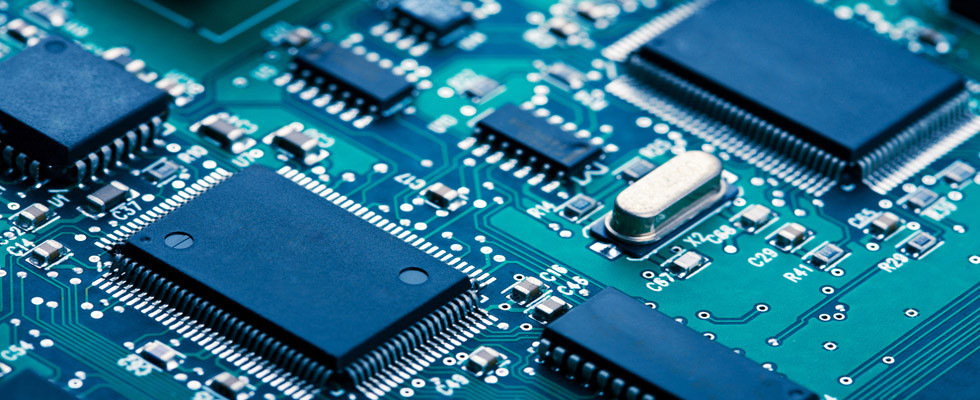TDK Swears by Sensor Fusion in $1.3 Billion Deal for InvenSense
TDK Swears by Sensor Fusion in $1.3 Billion Deal for InvenSense
Sensor fusion, a technology that merges data from multiple sensors to make unique conclusions, was the hidden gem in TDK’s recent acquisition of InvenSense, a maker of gyroscopes and other motion sensors.
TDK agreed last week to pay $1.3 billion for InvenSense, one of the largest makers of gyroscopes for measuring motion and rotation, sending a signal that it wants to prevent machines from ever losing their bearings. It plans to do so with technology that simulates how human senses work in tandem.
The acquisition is one of the smaller deals in a semiconductor industry that has consolidated around slowing sales and the rising cost of product development. But it also marks a big bet on sensor fusion, a technology that coordinates different sensors to compute something more than could be determined by a lone device.
TDK said that its magnetic and electric current sensors would dovetail nicely with InvenSense’s navigation systems. Working together, the sensors could allow cars and factory machines to report more accurate data about themselves while drawing little power from batteries. InvenSense also makes microphones and environmental sensors.
The deal also shows how TDK, which was founded 81 years ago, plans to ride out technological shifts. The Japanese chipmaker stopped selling magnetic heads for hard disk drives once the market for personal computers slowed. It then dived into smartphone parts, selling products including rechargeable batteries and filters that separate radio signals.
Shigenao Ishiguro, who was promoted as TDK’s chief executive in June, has held course on plans to expand into fields like cars, corporate servers, and manufacturing. TDK has turned its eyes toward sensors to gain a technological edge over competitors. Its plans include gradually selling off certain smartphone businesses. In January, for example, it said that it would transfer its filter business to Qualcomm over the next three years.
Drawing on its magnetic head technology, TDK’s engineers have built magnetic sensors that measure angles in train wheels and a car’s windscreen wipers. As sales of these devices have grown, TDK has also started selling pressure and electrical current sensors that can be fused with InvenSense gyroscopes and inertia monitors.

In a statement, Ishiguro said that its sensor business will be “strengthened by merging TDK’s portfolio of magnetic sensor technologies (where its strength lies) and its wide range of sensor products with InvenSense’s expanding sensor technology.”
InvenSense, based in San Jose, Calif., is best known for its gyroscopes, which can tell if a smartphone, for example, is being held upright or sideways. It also combines its gyroscopes with accelerometers, compasses, and pressure sensors in advanced motion tracking systems.
Their sensors, based on microelectromechanical systems, or MEMS, are responsible for motion tracking in the Nintendo Wii’s game controller and image stabilization in Oculus Rift’s virtual reality headset. Apple used an InvenSense accelerometer-gyroscope in its iPhone 6S, according to Chipworks, a research firm that catalogs chips inside smartphones.
In recent years, Behrooz Abdi, InvenSense’s CEO, has grappled with the growing pains involved with shifting out of consumer devices. While the demand for sophisticated sensors is growing, prices are plummeting. According to technology analysts, certain sensors have increasingly turned into commodities, with cost dictated by supply and demand.
Though good news for engineers building factory controls or medical devices, weak prices have spelled trouble for sensor companies. In response, many companies have not only expanded into new types of sensors but also – like InvenSense – created software that tells computers how to fuse multiple sensors and make sophisticated conclusions.
Special algorithms in autonomous cars, for instance, could coordinate image data from cameras and inertial sensors so that the car better handles turns onto a highway exit ramp. The software could also take radar coordinates and compare them to the sound of car tires, picked up by a microphone, screeching to a sudden stop. That could help a car determine when to turn to avoid a collision.

Using sensor fusion software, which is normally loaded into a microcontroller, has other benefits. It lowers the power drawn from individual sensors and can potentially increase the accuracy of data, said Tim Kelliher, customer solutions architect at Movea, a sensor fusion firm that was acquired by InvenSense in 2014.
“There are uncertainty errors in each of the technologies that can be compensated for in the others,” Kelliher told Electronic Design in an interview a month before the deal. He said that sensor fusion could turn smartphones into personal assistants that take cues not only from users but also from just walking outside or hearing a certain noise.
The technology behind sensor fusion already has major endorsements. NXP Semiconductors favored sensor fusion over artificial intelligence in its Blue Box computer engine for self-driving cars, so that companies could better troubleshoot the driving software’s decisions. Mobileye’s new flagship vision chip will fuse data from up to 20 sensors.
TDK said that InvenSense, which earned $418.4 million in revenue over the last year, would operate as a subsidiary. InvenSense was the eighth largest maker of MEMS devices in 2015, according to French technology research firm Yole Développement. TDK could not break the top thirty companies.
Both companies have approved the transaction, which is expected to be completed in late 2017.
Written by: James Morra /Electronic Design; William Wong contributed reporting. Source: http://electronicdesign.com/electromechanical/tdk-swears-sensor-fusion-13-billion-deal-invensense





